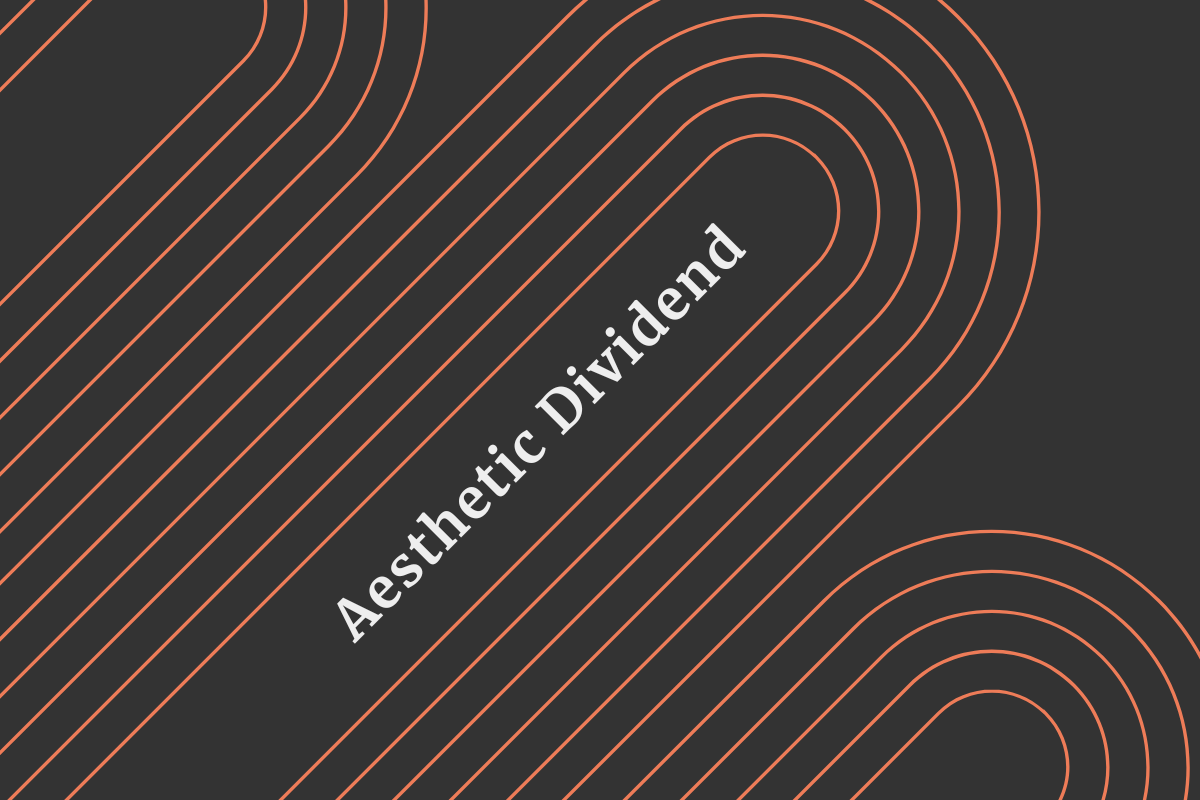The Aesthetic Dividend

In the art world, people sometimes talk about something called "the aesthetic dividend." It tries to measure the non-financial return you get from owning a piece of art. It's an attempt to quantify the feeling, pride, or joy owning something beautiful. Even if a painting never goes up in value, you still get something back every time you look at it.
This concept can be applied beyond art collecting. In business and your everyday work, making beautiful things quietly pays dividends too. Not necessarily in eliciting an emotional response, but in clarity, trust, and speed.
After a career spent building presentations and data visualizations I've come to learn certain truths about well-designed output. When something looks good, people trust it faster. When people trust it faster, they understand it quicker. And when they understand it faster, they act with more confidence.
You can have the same identical content side-by-side and the version that is designed with more care will hold more weight with the audience. That win could come in the form of a sale, persuading your colleagues, or helping them make the right decision. That's the aesthetic dividend, the quiet return earned for caring about how something looks and makes you feel.
Our brains love things that are easy to process. Psychologists call this processing fluency. When something is clean, aligned, and visually coherent, it feels more credible and is more likely to change someone's behaviour. Good typography, spacing, and hierarchy reduce friction. They help your reader's brain spend less energy figuring out what something means, so it can focus on why it matters. I think this is one of the most undervalued skills in the workplace.
The aesthetic dividend shows up everywhere. A well-structured presentation trying to influence a decision; a dashboard that's clean and can be read at a glance; a clear and concise email that calms instead of confuses; or even a policy document that feels human instead of bureaucratic. Each one of these moments earns a small return that can compound over the span of a career.
You don't need to be a graphic designer or invest in expensive templates. You just need to care about how your outputs look and make people feel. Simple design choices make information feel lighter, faster, and more trustworthy.
In the art world beauty has value. In the workplace, beauty has the ability to compound performance. When good taste learned and nurtured, it quietly pays you back over time. That's the aesthetic dividend.

